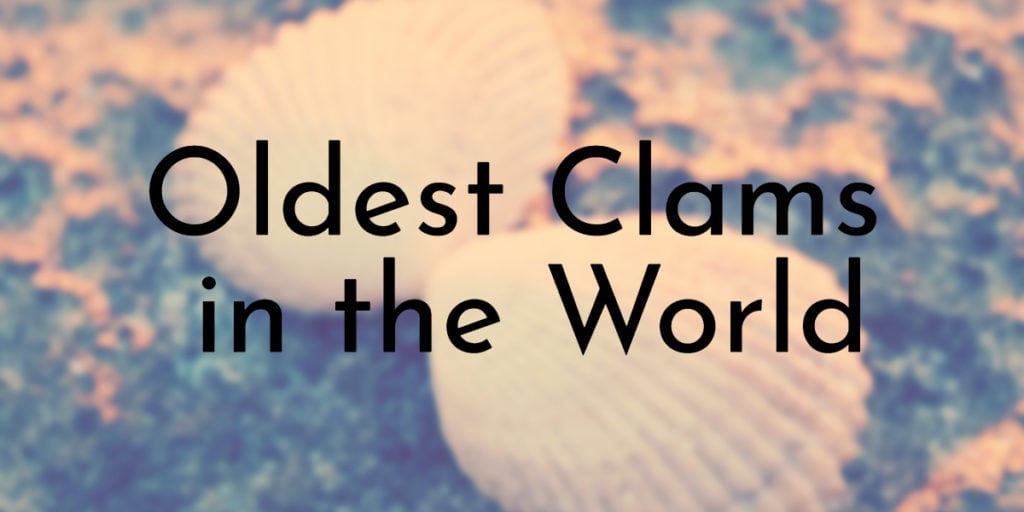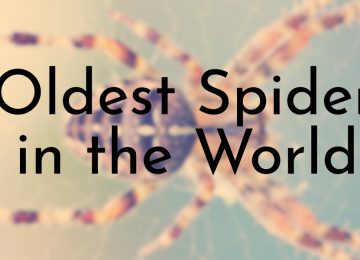Most of us know clams due to our love for seafood, but the truth is, clams are amazing animals. Under the common name of ‘clam’ hide many different kinds of bivalve mollusks. At a first glance, they may not look like much, but they’re a unique species that can be found all over the world.
Clams can live — and thrive — in freshwater, seawater, and ocean water alike. If the water is salty, such as in the sea, you’ll often find them burrowed in the mud. Clams, in general, tend to reside at the bottom of the body of water they live in, often hidden in the sand.
The lifespans of these animals vary wildly between the different kinds of clams. Some clams have short lives of just about a year, but some are able to live for hundreds of years.
Do you want to know the oldest clams in the world? Get ready to meet some truly ancient animals!
8. Fat gaper clams
Age: 10-17 years old
Location: Pacific coast
Still living: Yes
Species: tresus capax
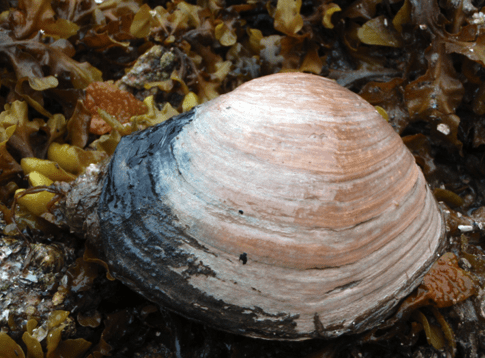
Found in saltwater from the Gulf of Alaska all the way to southern California, tresus capax clams are commonly known as fat gapers.
These small clams spend most of their lives buried in the sand or mud. They favor quiet areas that are not disturbed by predators or humans. Their shells are a chalky white color, allowing them to blend in with the ocean floor.
Although small and unassuming, these clams have been known to live up to 17 years, making them some of the oldest clam species out there.
Did You Know?
Tresus capax clams have several subspecies. Also known as horse clams, T. nuttallii are more commonly found in southern California, while T. capax are native to Alaska.
7. Soft-shell clam
Age: 10-20 years old
Location: Worldwide
Still living: Yes
Species: mya arenaria
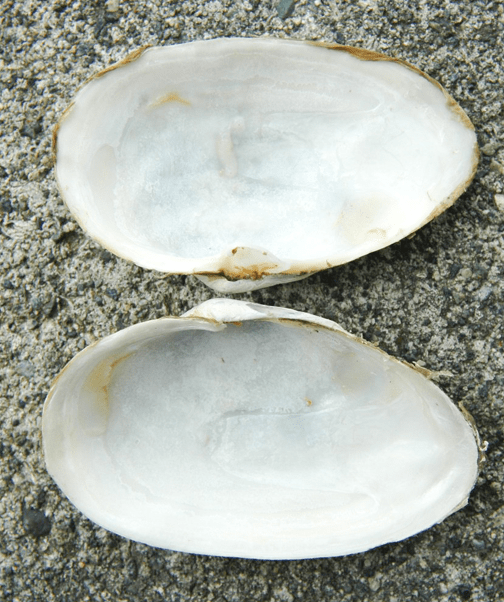
Soft-shell clams, also known as sand gapers or by their scientific name of Mya arenaria, are edible saltwater clams. They are small, but have a relatively impressive lifespan, with some specimens living to be as old as 20 years.
Softshells are commonly found buried in tidal flats. Their favorite places have a combination of mud and sand, allowing them to burrow themselves.
These small clams can be found in the waters of the Atlantic Ocean, near Canada, in the United States, in the United Kingdom, and in the North Sea.
Did You Know?
Soft-shell clams are so common in some waters that they are considered invasive. On the Pacific Coast of North America, softshells are in such an abundance that they are negatively affecting the local ecosystem.
6. Sea scallops
Age: 20+ years old
Location: Oceans all over the world
Still living: Yes
Species: pectinidae
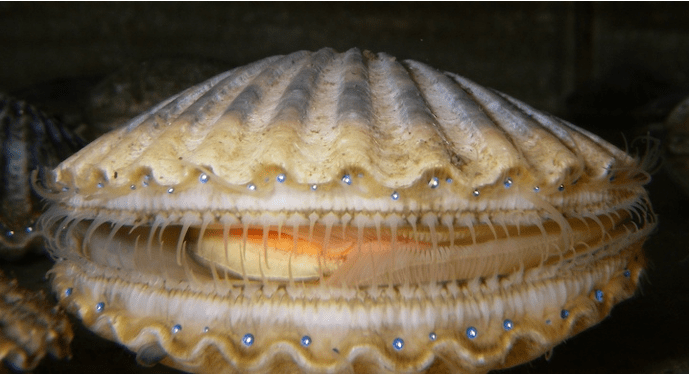
Much like clams, scallops are most recognized by those who love seafood. Part of the same family as most clams, the bivalves, scallops are found in oceans all over the planet. They never inhabit freshwaters, such as rivers and lakes.
You wouldn’t tell by looking at them, but scallops are one of the few clam species that are free-living. This means that they can freely swim, and they are rather fast swimmers, too.
Did You Know?
Scallops are highly valued as a food source. They’re expensive and often used in exclusive meals served in high-ranking restaurants.
Due to how profitable they are to sell, scallops are farmed as part of aquaculture.
5. Giant clam
Age: 100+ years old
Location: Indo-Pacific
Still living: Yes
Species: tridacna
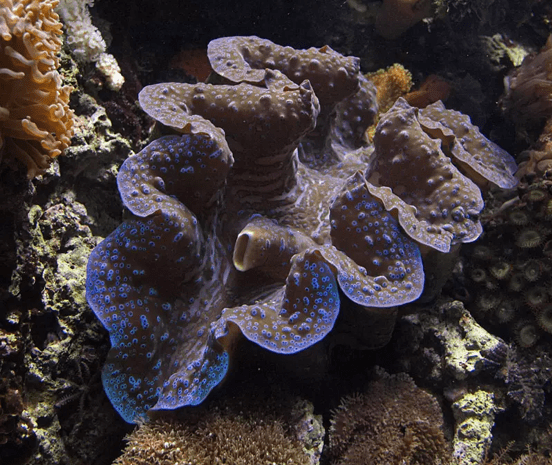
Giant clams are some of the most impressive animals found in the sea. Massive both in size and in weight, these huge clams are amongst the most endangered clam species.
Tridacna clams live in a symbiosis with plantlike algae called zooxanthellae. These algae live inside the tissues of the giant clams. It’s a symbiotic relationship because both creatures benefit from it — the algae are protected against animals, and the clam is able to grow larger due to the extra food produced by the algae.
Giant clams are found in near coral reefs along the Western Pacific coast, the Indian Ocean, the South China Sea, and the Red Sea. They have an average lifespan that surpasses 100 years, although no one knows for sure how old the oldest giant clam is.
Did You Know?
Although there are several species of tridacna (giant clams), the most common use of the name is tied to the subspecies called tridacna gigas. These clams can weigh more than 550 pounds and measure over 4 feet across.
4. Geoduck
Age: 168 years old
Location: Canada and United States
Still living: Yes
Species: Pacific geoduck
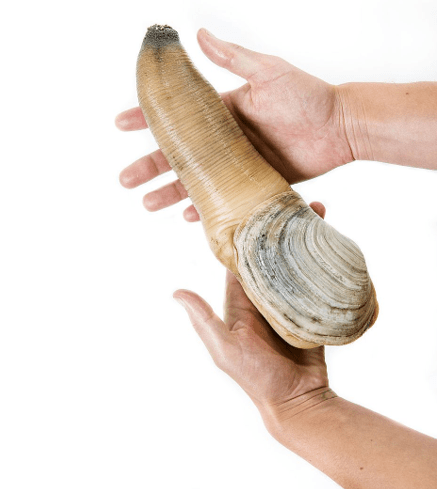
Geoducks, also known as Pacific geoduck or Panopea generosa, are clams known for their impressive lifespans. With an average lifespan of 140 years and the oldest one recorded at 168 years old, these clams are amongst the world’s longest-living animals.
The geoduck clam has a peculiar look — these clams have very long siphons that protrude from the shell, making the animal much longer than the shell itself suggests. The shell of a geoduck clam is usually around 6 inches in height and 8 inches in length. However, the neck of the clam can be over 3 feet in length!
These clams typically inhabit the coastal waters of the northwest United States and western Canada. They have a high market value compared to other species of clams and are used in restaurants all over the world.
Did You Know?
Female geoducks can produce up to 5 billion eggs at a time. That’s right — 5 billion! However, that doesn’t mean that each and every geoduck can produce 5 billion living clams — that would mean a worldwide infestation.
Geoduck eggs, larvae, and juveniles have a rather high mortality rate. This means that of the 5 billion eggs, not too many make it to adulthood. In fact, geoduck populations are slow to rebuild after being harvested.
3. Duck mussel
Age: 280+ years old
Location: Europe
Still living: Yes
Species: anodonta anatina
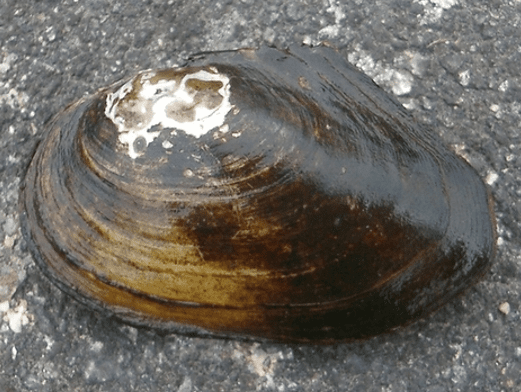
Duck clams, also known as freshwater mussels, are some of the clam species that have the longest lifespans. Found in waters all over the northern parts of Europe, these unassuming clams can live for up to 300 years.
Duck mussels are typically found in rivers. In Sweden, this type of clam is the most widely distributed bivalve that comes out of freshwater. They can also be found in Germany, Croatia, Netherlands, Ireland, the United Kingdom, Finland, Slovakia, Spain, Czech Republic, Isle of Man, Russia, and Spain.
It’s not uncommon for duck clams to live upwards of 200 years old, with some of the oldest recorded specimens being as old as nearly 300 years. It’s possible that there are older duck clams out there that have simply not yet been found.
Did You Know?
Clams are much like trees in the sense that rings appear on their shells with each passing year, much like rings on a tree. Chemists, biologists, and other scientists study clams in order to find out more about the past. This is also how they can tell a clam’s age — they simply analyze the rings on the clam’s shell.
2. Quahog clam
Age: 374+ years old
Location: America
Still living: Yes
Species: mercenaria mercenaria
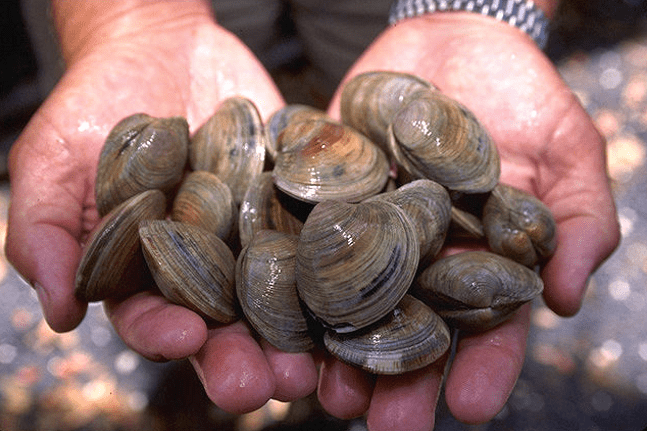
Quahog clams, also known as hard clams, are amongst the oldest clams in the world. Some people also call them “round clams” or “hard-shelled clams”. These relatively small animals are quite common and often used in dishes such as clam chowder.
These clams can be found in abundance between Cape Cod and New Jersey in the United States, but they are also found in Europe. They’re very common in Rhode Island, which is said to be in the middle of “quahog country”. Rhode Island is responsible for a quarter of the overall commercial quahog catch in the United States.
Small but resilient, these clams often live to be hundreds of years old. Notable examples include a 220-year old clam, but there is also a confirmation of a 374-year old Icelandic clam.
Did You Know?
The oldest clam ever recorded (described below) is a clam of the ocean quahog clam species. Although similarly named, these clams are different from quahog clams. Both the species look alike, but they are from different families of bivalves.
1. Ming the Mollusk
Age: 507 years old
Location: Iceland
Still living: No
Species: ocean quahog clam
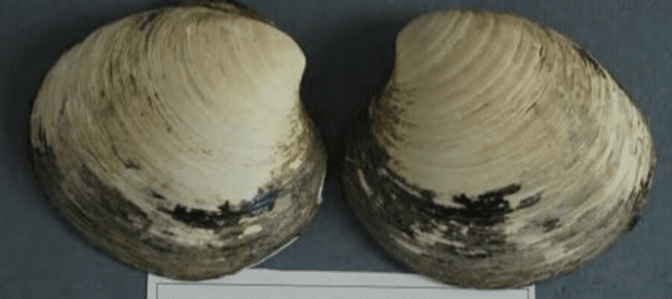
Ming the Mollusk was not only the oldest clam in the world, it was also the oldest animal in the world. Ming’s age was nothing short of impressive, but unfortunately, Ming’s story has a sad ending to it — the clam is no longer alive.
This clam was found in 262-feet-deep waters at the coast of Iceland in 2006. The deep-sea exploration was done as part of research conducted by scientists from Bangor University in the United Kingdom. They were studying the correlation between ancient clams and climate change.
The clam was initially estimated to be 402 years old, and thus called Ming, as it was born in the Chinese Ming dynasty era (1368-1644). However, further analysis of the clam’s shells allowed the scientists to determine its real age. Ming was 507 years old.
The sad part of Ming’s story is that, if not for the research, it may have still been alive. In order to decide Ming’s real age, scientists had to pop the clam open, and it died in the process in 2006.
Did You Know?
The name Ming was initially given to this clam by Sunday Times journalists. Although widely adopted in the media, it was not acknowledged by the scientists who researched Ming.
The team of Icelandic researchers in charge of Ming named it Hafrún, which is a female Icelandic name that roughly translates to “the mystery of the ocean”. However, the clam’s sex is unknown, as the scientists deemed its reproductive state to be spent.


